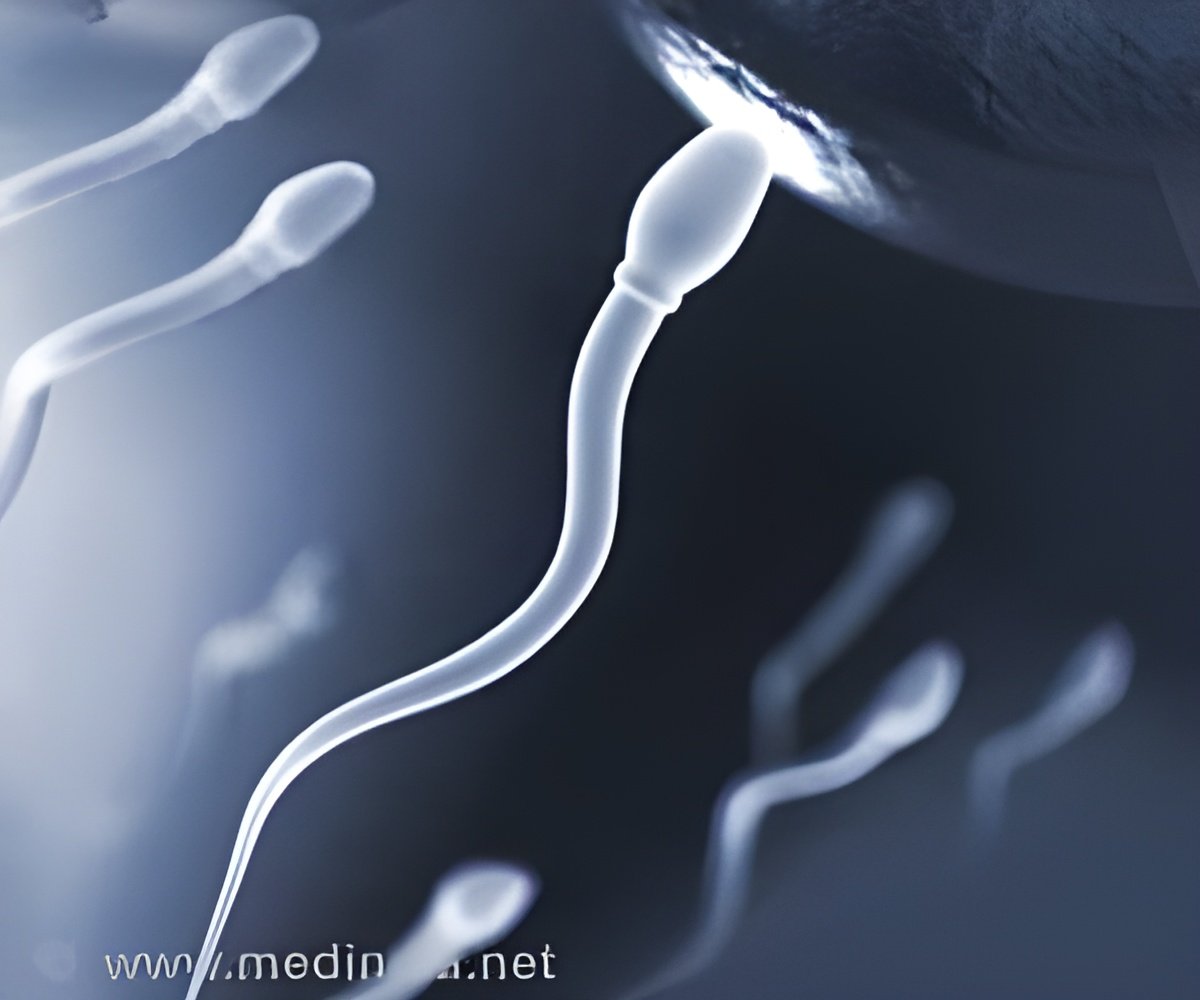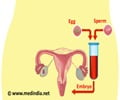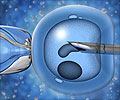The findings can help in fertility treatment as ejaculate samples used for infertility tests are collected with images depicting other women.

The first six clips used the same male and female actor while the seventh clip used the same male actor but involved a different female actor. Apart from the quality of sperm produced, the length of time it took to ejaculate was also recorded by the researchers. They found that the men produced healthier, higher volume sperm in a shorter amount of time when exposed to the seventh clip featuring a different looking female.
The researchers wrote, "An increase in the total number of motile sperm may result in higher likelihood of fertilization and greater ability to compete with other male's sperm. Whereas a decrease in the time to ejaculation may decrease the likelihood of an extra-pair copulation (with a partner that is not your own) being detected."
The study findings can help in fertility treatments since ejaculate samples used to test for infertility are often collected with the use of images depicting women other than the man's partner. The authors concluded that their findings are the first to demonstrate that men's ejaculate behavior and composition change in response to novel female stimulus.
The study is published in the Journal of Evolutionary Psychological Science.
Source-IANS














